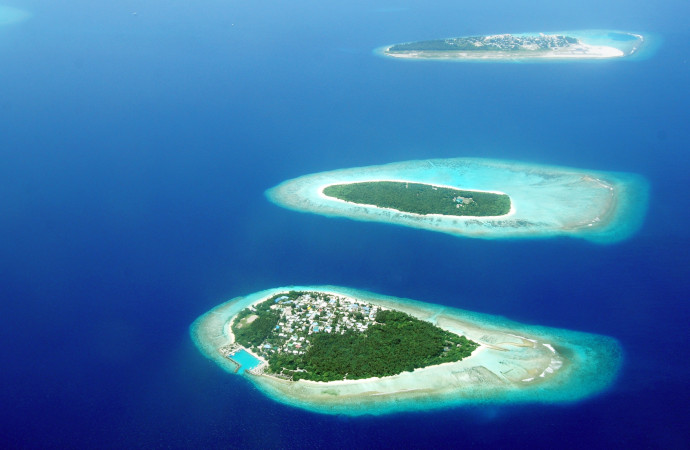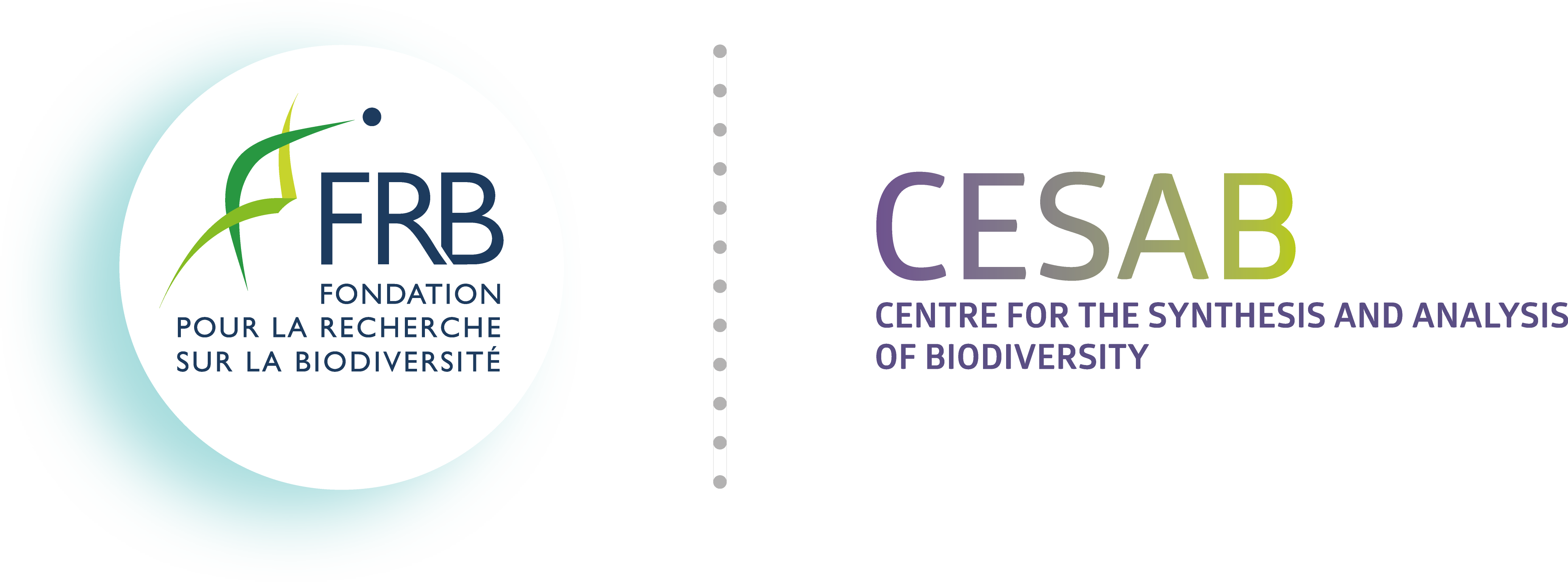ISLANDS
Community assembly on remote islands: does the equilibrium theory apply?

What are the parameters that can influence the biodiversity of islands? What are the different stages of species diversification in an island environment, and what are the evolutionary processes involved? Here are some examples of questions that a team of CESAB researchers has tried to answer through the project Islands.
The Equilibrium Theory of Island Biogeography (ETIB) has long served as a reference for understanding the formation of communities on islands. Based on the assumption that the number of species on an island depends on a balance between colonization and extinction processes, it predicts, in particular, that large islands or those close to continents contain more species than small or distant islands. However, although the predictions of this theory have often been verified, the size and degree of isolation are not the only factors that can influence the biodiversity of islands. Indeed, evolutionary divergence (when two groups of the same species develop different traits within these groups in order to adapt to different environmental and social pressures) and the formation of new species on the islands is a parameter that has not yet been taken into account.
Recent studies have suggested that speciation – the evolutionary process by which new species emerge – can play a role similar to colonization, adding species to communities on remote islands. Two island populations resulting from the same colonization event (the same mother population) can thus differentiate themselves within an island or archipelago and become reproductively isolated from each other; this phenomenon is called cladogenesis. But the consequent differences between speciation and colonization processes do not allow us to determine how and to what extent the analogy can be extended to the ETIB or other relevant theories that seek to explain community assembly. The initial objective of this working group was therefore to take advantage of the excellent experimental conditions of island systems to systematically examine and compare the influence of geographical and geological factors on the evolution of ecological assemblages, and then to provide a new and better understanding of the communities of species assembled over time on the islands.

PI:
Christophe THEBAUD – CNRS Toulouse (France)
Postdoc:
Julianne CASQUET – CNRS Toulouse (France)
ISLANDS brings together experts in island ecology, evolutionary biology, phylogeny, geo-ecology, botany and modelling.
ISLANDS was selected from the 2011 call for proposals. The project selection process was carried out by a committee of independent experts.
[08] Casquet J, Bourgeois YXC, Cruaud C, Gavory F, Gillespie RG & Thébaud C (2015) Community assembly on remote islands: A comparison of Hawaiian and Mascarene spiders. Journal of Biogeography, 42, 39–50. DOI: 10.1111/jbi.12391.
[07] Cornuault J, Delahaie B, Bertrand JAM, Bourgeois YXC, Milá B, Heeb P & Thébaud C (2015) Morphological and plumage colour variation in the Réunion grey white-eye (Aves: Zosterops borbonicus): Assessing the role of selection. Biological Journal of the Linnean Society, 114, 459–473. DOI: 10.1111/bij.12428.
[06] Warren BH, Simberloff D, Ricklefs RE, Aguilée R, Condamine FL, Gravel D, Morlon H, Mouquet N, Rosindell J, Casquet J, Conti E, Cornuault J, Fernández-Palacios JM, Hengl T, Norder SJ, Rijsdijk KF, Sanmartín I, Strasberg D, Triantis KA, Valente LM, Whittaker RJ, Gillespie RG, Emerson BC & Thébaud C (2015) Islands as model systems in ecology and evolution: Prospects fifty years after MacArthur-Wilson. Ecology Letters, 18, 200–217. DOI: 10.1111/ele.12398.
[05] Bertrand JAM, Bourgeois YXC, Delahaie B, Duval T, García-Jiménez R, Cornuault J, Heeb P, Milá B, Pujol B & Thébaud C (2014) Extremely reduced dispersal and gene flow in an island bird. Heredity, 112, 190–196. DOI: 10.1038/hdy.2013.91.
[04] Fernández-Palacios JM, Otto R, Thébaud C & Price J (2014) Overview of habitat history in subtropical oceanic island summit ecosystems. Arctic, Antarctic, and Alpine Research, 46, 801–809. DOI: 10.1657/1938-4246-46.4.801.
[03] Valente LM, Etienne RS & Phillimore AB (2014) The effects of island ontogeny on species diversity and phylogeny. Proceedings of the Royal Society B: Biological Sciences, 281, 20133227. DOI: 10.1098/rspb.2013.3227.
[02] Cornuault J, Khimoun A, Harrigan RJ, Bourgeois YXC, Milá B, Thébaud C & Heeb P (2013) The role of ecology in the geographical separation of blood parasites infecting an insular bird. Journal of Biogeography, 40, 1313–1323. DOI: 10.1111/jbi.12098.
[01] Cornuault J, Warren BH, Bertrand JAM, Milá B, Thébaud C & Heeb P (2013) Timing and number of colonizations but not diversification rates affect diversity patterns in hemosporidian lineages on a remote oceanic archipelago. The American Naturalist, 182, 820–833. DOI: 10.1086/673724.